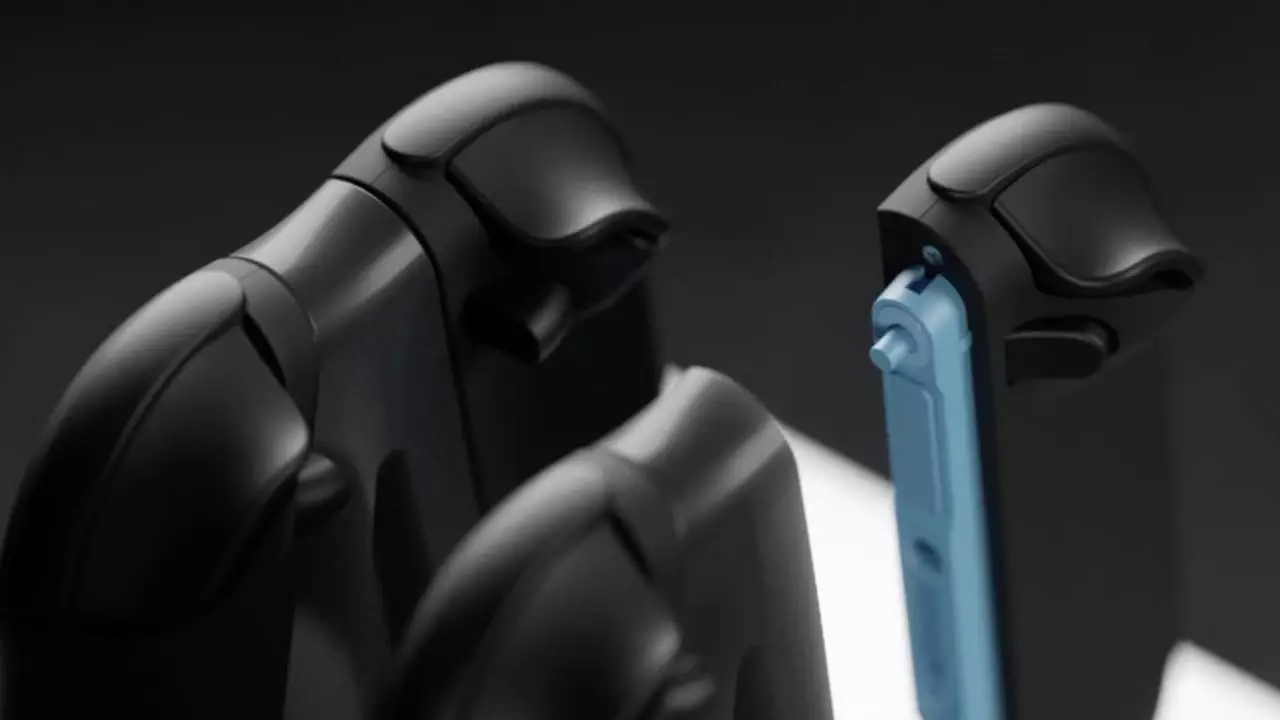In an audacious demonstration of independence, accessory manufacturer Genki has taken the gaming community by storm with its revealing showcase of accessories for the much-anticipated ‘Switch 2’ during CES 2025. This decision stands out not only for its boldness but also for its strategic timing, as it occurred prior to any official announcements from Nintendo. By openly discussing features such as the new magnetic Joy-Con controllers, Genki is positioning itself as a major player in the gaming accessory landscape, while simultaneously challenging Nintendo’s conventional approach to product launches.
Eddie Tsai, Genki’s co-founder and CEO, provided insight into the innovative design of the Joy-Con controllers, emphasizing the ingenious functionality of the magnetic detachment system. When users press the release buttons located on the back of the Joy-Con, a small pin extends, creating just enough leverage to break the magnetic bond with the console. This mechanism offers a seamless user experience, allowing for quick detachment and attachment during gameplay. However, Tsai also noted the potential for users to forcefully remove the controllers, a method he discourages due to risks involved. The magnets are designed to securely hold the controllers during regular use, yet they could also lead to concerns about durability if not used as intended.
The methods by which Genki has obtained knowledge of Nintendo’s upcoming console raise eyebrows. Tsai’s coyness about the source of his information hints at a potentially clandestine acquisition. Industry insider Laura Kate Dale speculates that Genki might have acquired a working model of the Switch 2 from illicit sources, such as the black market. If true, this scenario evokes both admiration and apprehension—while Genki showcases innovation and market-readiness, ethical boundaries in obtaining such information become questionable.
In comparing the size of the Switch 2 mock-up to existing products, it is particularly noteworthy that Genki’s iteration appears more akin to the Steam Deck than its predecessor. Despite the smaller form factor, the design traits of the Joy-Con controllers seem less ergonomic than those of the Steam Deck, potentially affecting user comfort during extended gaming sessions. While size reduction is often welcomed in console design, ergonomics must not be overlooked; a user-friendly design can significantly enhance the overall gaming experience.
As gamers eagerly await Nintendo’s official announcement slated for March 2025, Genki’s revelations inject excitement and speculation into the air. The introduction of magnetic Joy-Cons offers a refreshing alternative to the traditional slide rail mechanism, potentially transforming user interactions with the console. As discussion swirls around the features of the upcoming Switch 2, the community is torn between anticipation and impatience, pondering the implications of these bold industry maneuvers.
Genki’s announcement not only showcases its innovative spirit but also invigorates the gaming landscape with competing ideas that challenge established norms. The gaming realm is on the edge of a thrilling new chapter—will it embrace Genki’s fresh concepts, or will Nintendo’s official debut redefine expectations once again?

